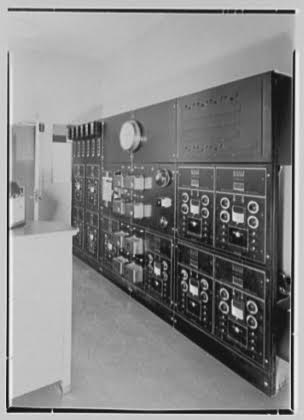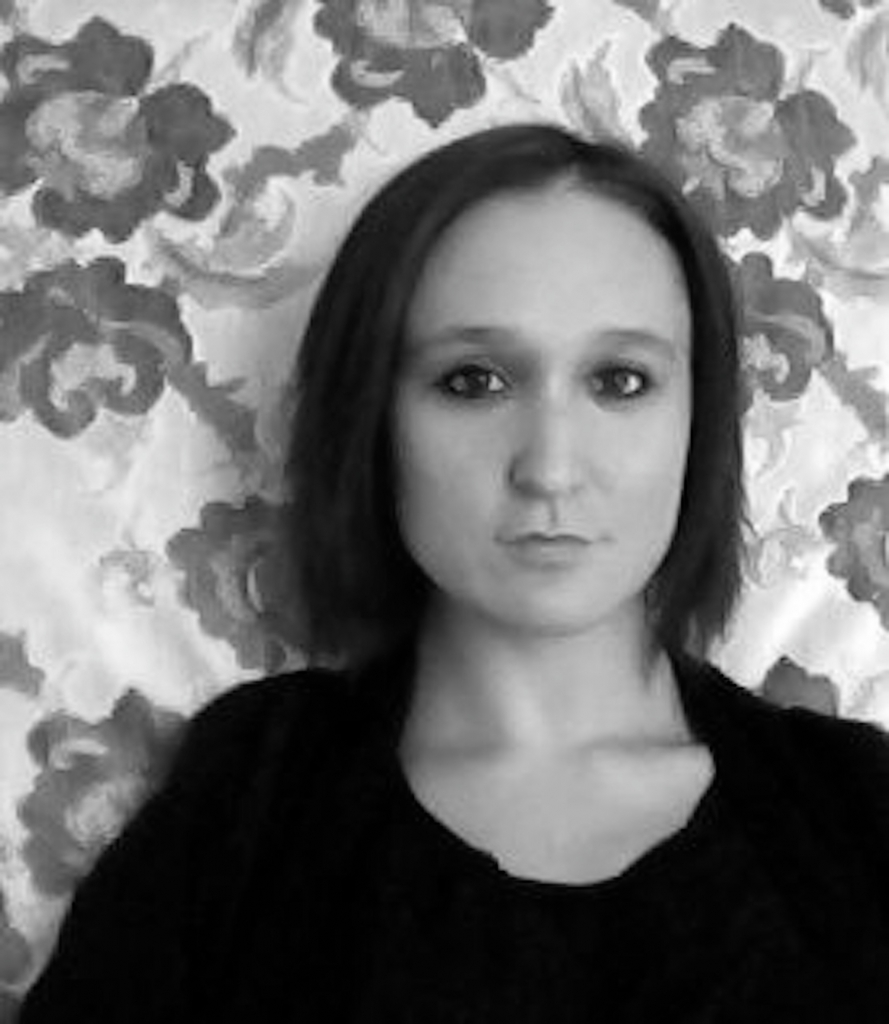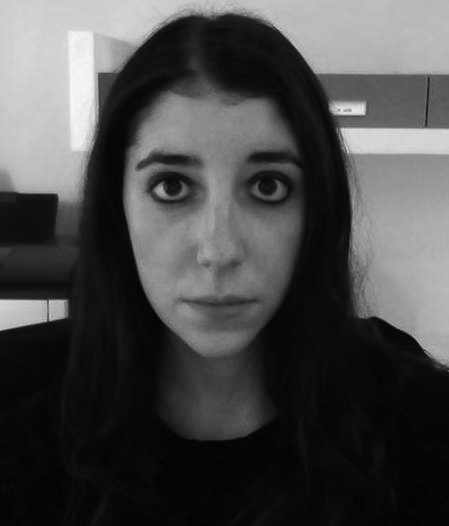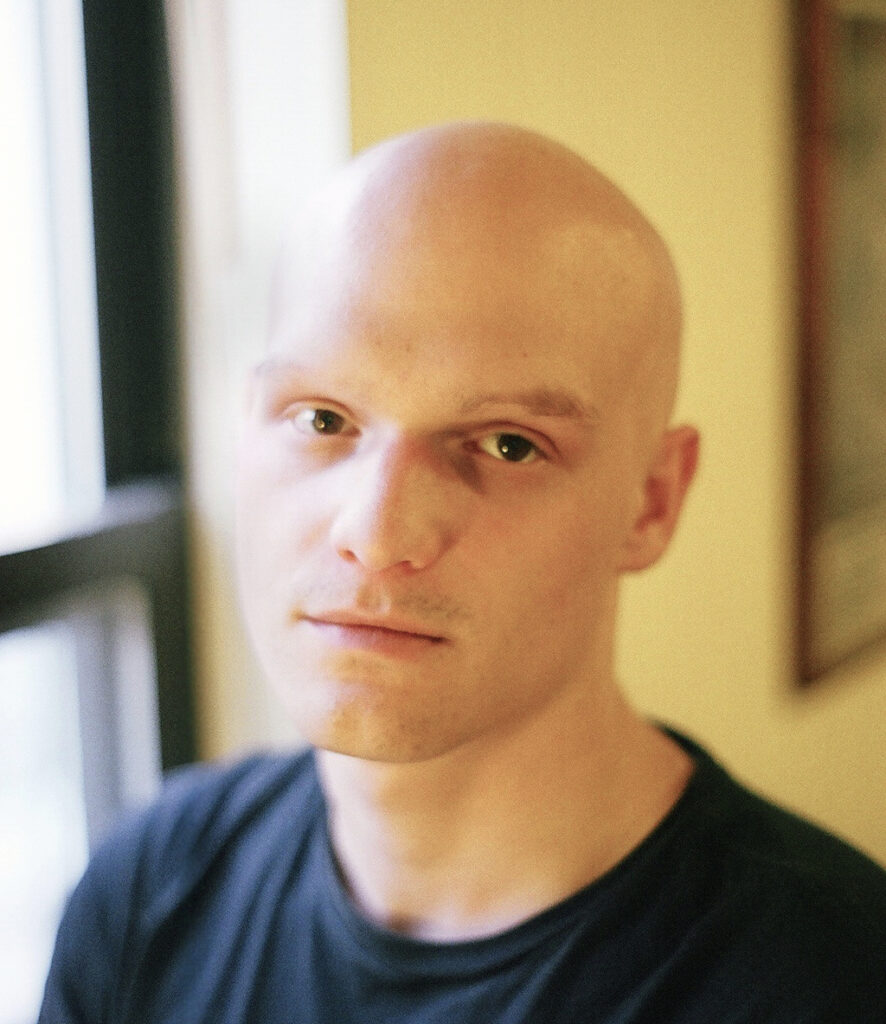
Although the mid-1960s saw the peak of artist-engineer activity at Bell Laboratories—the research and development center that employed James Tenney and facilitated the production of Alison Knowles’ House of Dust—the Labs’ slow decline was already, if imperceptibly, under way. Bell Labs supplied research for AT&T, the telephone corporation and regulated monopoly protected by federal legislation, whose immense size and largesse enabled the experimental environment where The House of Dust and other artist projects thrived. Ironically, Bell Labs’ ethos of freedom and minimal oversight also motivated the Chicago School economists who rallied for the breakup of the Bell System in 1984 as part of a broader platform of deregulation and free-market competition. Ian Wallace will focus on the edition of The House of Dust published by Walther König in 1968, to situate the poem between early computer-generated and computer-emulative art and the techno-utopian fantasies of expanded authorship and aesthetic experience that they accompanied. Lucy Hunter will discuss Bell Labs’ artist collaborations through the lens of its corporate history, focusing on the cultural and economic shifts informing the Bell breakup, and the neoliberal turn it indelibly confirmed. Following the lectures, conversation will be opened by the evening’s organizer Rachel Valinsky.
Co-sponsored by the Ph.D. Program in Art History, The Graduate Center, CUNY.
From House of Dust to Antitrust, Pt I from The Center for the Humanities on Vimeo.
From House of Dust to Antitrust, Pt II from The Center for the Humanities on Vimeo.
From House of Dust to Antitrust, Pt III from The Center for the Humanities on Vimeo.


